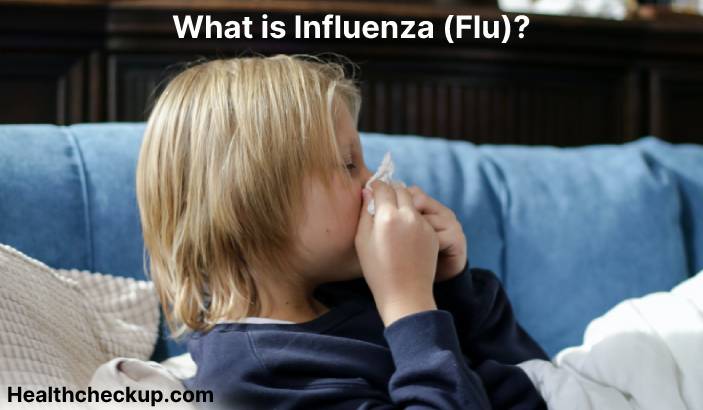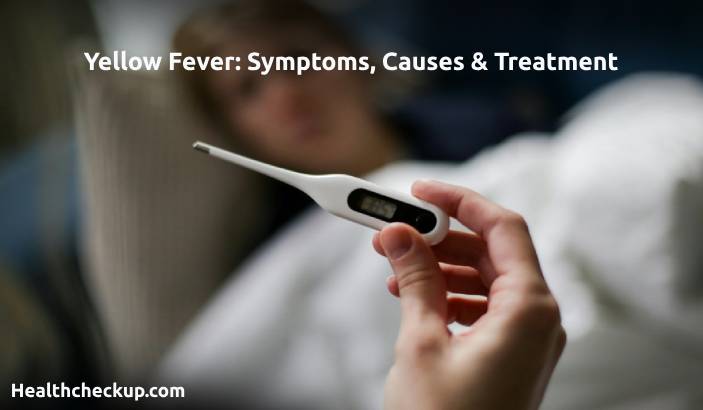Influenza, more commonly known as the flu, is a highly contagious respiratory illness caused by influenza viruses. The flu is transmitted through respiratory secretions, such as saliva or mucus, when an infected person talks, coughs, or sneezes. Flu season typically occurs during the fall and winter months and can affect people of all ages. The flu can range from a mild, self-limited illness to a severe, potentially life-threatening condition.
Symptoms of the flu
Symptoms of the flu appear one to four days after infection and include:
- Fever
- Cough
- Sore throat
- Runny nose
- Body aches
- Headache
- Fatigue
- Nausea and vomiting (more common in children)
In severe cases, the flu leads to complications, such as pneumonia, bronchitis, and sinus infections.
Diagnosis of the Influenza (Flu)
The flu is typically diagnosed based on the presence of characteristic symptoms and a history of exposure to an infected person or during flu season. Laboratory testing, such as a rapid influenza diagnostic test or viral culture, is also used to confirm the diagnosis.
Treatment of the Influenza (Flu)
Treatment for the flu includes medications to reduce fever and relieve symptoms, such as acetaminophen or ibuprofen. Antiviral medications, such as oseltamivir or zanamivir, may also be prescribed to shorten the duration of the illness and reduce the risk of complications. In severe cases, hospitalization is necessary to provide supportive care, such as oxygen therapy and fluids.
Prevention of the Influenza (Flu)
There are several steps that can be taken to reduce the risk of flu infection, including:
- Getting vaccinated: The flu vaccine is the most effective way to prevent flu infection. The flu vaccine is typically available in the fall and is recommended for most people, particularly those who are at high risk of complications, such as young children, pregnant women, and people with certain medical conditions.
- Practicing good hygiene: Washing hands with soap and water, particularly after using the bathroom and before preparing food, can help to reduce the risk of infection.
- Avoiding close contact with infected individuals: It is important to avoid close contact with individuals who are experiencing symptoms of the flu or who may have been exposed to the virus.
- Staying home when sick: It is important to stay home when you are experiencing symptoms of the flu to reduce the risk of transmission.
If you think that you have the flu, it is important to seek medical attention as soon as possible. Early diagnosis and treatment helps to prevent complications.








